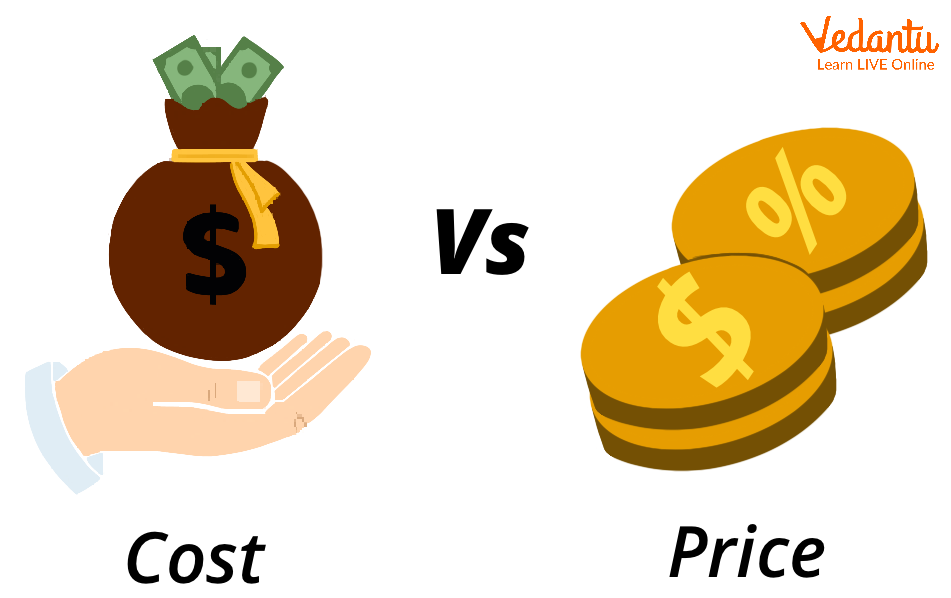




An Introduction to Invoice Price Meaning
So, what is the invoice price? The cost that the dealer pays to the manufacturing company is the "invoice price." Most of the time, this term is used in the car business. There is no set way to determine the price on the invoice. Most of the time, rebates and special offers lower the dealer's cost even more than the invoice cost.

Meaning of Invoice Price in Consignment.
The invoice price is the cost that shows up on the bill when a vendor orders a car from the manufacturer. Dealers get special offers based on how much they sell, which lowers their total cost. Account payables cost calculation of invoice price is done by dividing the entire amount of expenses spent in paying invoices over a certain period by the total number of invoices paid during that period.
What is Invoice Price?
When you book the automobiles, the manufacturer can make the bill. After rebates, the invoice price is the final cost the vendor will have to spend on the manufacturer. When you say the invoice price, you get:
The dealer and the manufacturer have agreed on the invoice price. So, if there are any disagreements, it serves as proof of the price that was agreed upon.
When dealers buy in bulk, the manufacturer may offer the dealers more discounts on this invoice price. So, the invoice price is an excellent way to determine a fair price.
Clients can look at the invoice price to see if they can get a better deal from the dealer. It provides the client with another opportunity to talk about the price.
Difference between Cost Price and Invoice Price

Difference Between Invoice price and Cost Price.
In branch financial statements, the head office usually sends products to branches based on the invoice price rather than the cost price. The business can hide its net profit from branch staff members. There will be two prices just on the invoice. The first is the retail cost, and the second is the profit%. However, the invoice price method is an essential part of branch accounting.
The consignor could send the goods at a rate higher than the market cost rather than sending them at the cost price. This cost is known as the selling price or the invoice price. Loading is the higher price over cost or the difference between cost price and invoice price of goods. It is done so that the money made on consignment stays a secret.
So, the consignee couldn't know how much money was made from the consignment. So, the consignor sends the proforma invoice at a higher price than the cost price. Once the consignor writes down the payment in his book at the invoice price, he has to make some extra entries to eliminate the additional expense and figure out how much he made or lost on the consignment.
Defining Stock Reserve in Consignment

Defining the meaning of Stock Reserve in Consignment
A stock reserve in consignment is a balance sheet that is a contra-asset account used to plan for inventory that can't be sold. Each year, a supplier has stock that can't be sold for several reasons. It could go poorly, out of style, or become outdated in terms of technology.
To prepare for this, the business will add a line to the income statement called "stock reserve." The stock reserve takes the amount of inventory that won't be capable of being sold that year. Stock is counted as an asset, and stock reserve is considered a contra asset because it lowers the net value of stock assets at the firm.
Since some of a firm's stock doesn't sell every year, it makes sense that the business wouldn't list the total amount of its stock as an asset. The worth of the stock company's balance sheet is subtracted from the value of the stock reserve contra asset account. This gives a more accurate picture of how much of the stock will be sold to make money for the company in the future. Without the stock reserve entry, the firm's assets will be worth more than they are.
Conclusion
When an item is consigned, its owner (the consignor) hands it over to a third party (the consignee) who agrees to market the item on its behalf. It is the consignor, not the consignee, whose books the products will show in as stock until they have been sold. There is no requirement to make an accounting record for the shipment of goods from the consignor to the consignee. Typically, only noting the transfer in the consignor's stock tracking system is enough.
FAQs on The Calculation of Invoice Price : Explained in Detail
1. What exactly is 'invoice price' in the context of consignment accounting?
In consignment accounting, the invoice price is an inflated price at which the consignor (owner) sends goods to the consignee (agent). It is calculated by adding a certain amount of profit, called 'loading', to the actual cost of the goods. This is done to conceal the real profit from the consignee.
2. How do you calculate the invoice price from the cost price?
Calculating the invoice price is straightforward. You simply add the planned profit margin (loading) to the original cost. The basic formula is:
- Invoice Price = Cost Price + Loading
For example, if a product costs ₹80 and the consignor adds a loading of ₹20, the invoice price will be ₹100.
3. Why do consignors even use an invoice price instead of just the cost price?
Consignors use an invoice price primarily for two reasons:
- To conceal profit: It keeps the consignee from knowing the actual profit margin on the goods, which can be confidential business information.
- To set a price baseline: It provides the consignee with a minimum price reference, encouraging them to sell at or above this price to earn their commission.
4. What is the difference between cost price, invoice price, and selling price?
These three prices represent different stages in the consignment process:
- Cost Price: The actual cost for the consignor to acquire or manufacture the goods.
- Invoice Price: A price higher than the cost price (Cost + Loading), used for sending goods to the consignee.
- Selling Price: The final price at which the consignee sells the goods to the end customer. This price is usually higher than the invoice price.
5. What does the term 'loading' represent in the calculation of invoice price?
Loading is the difference between the invoice price and the cost price of goods sent on consignment. It represents the unrealised profit that the consignor adds to the cost. For accounting purposes, this loading amount must be adjusted or reversed to determine the true profit or loss from the consignment.
6. Can you give a simple example of a transaction using invoice price?
Certainly. Imagine a consignor sends 100 units of a product to a consignee. The cost of each unit is ₹150. The consignor adds a loading of ₹50 per unit. Therefore, the invoice price per unit is ₹150 + ₹50 = ₹200. The proforma invoice sent to the consignee will show the value of the goods as 100 units x ₹200 = ₹20,000, not the actual cost of ₹15,000.
7. Why do we need to calculate a 'Stock Reserve' on unsold consignment stock?
A Stock Reserve is created to remove the 'loading' or profit element from the value of unsold stock at the end of an accounting period. Since the unsold stock is valued at invoice price (which includes profit), this profit has not yet been earned. The stock reserve adjustment ensures that the closing stock is shown at its actual cost in the financial statements, adhering to the principle of prudence.
8. Is a proforma invoice that shows the invoice price the same as a sales invoice?
No, they are very different. A proforma invoice is not a legal document demanding payment; it is simply an informational document that accompanies the goods, detailing their quantity and value at the invoice price. A sales invoice, on the other hand, is a legal bill issued after a sale has been made, creating an obligation for the buyer to pay.









